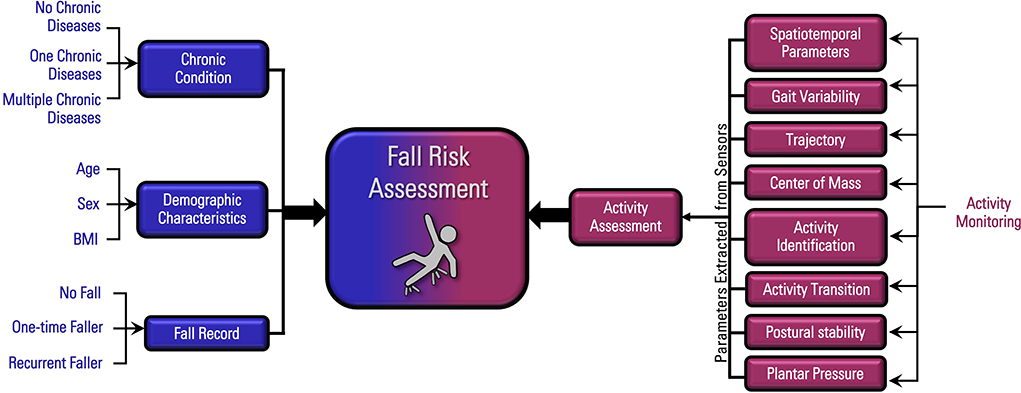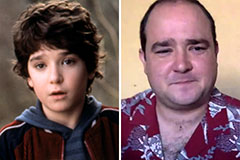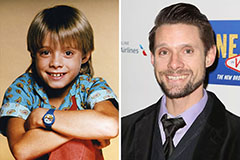The Ultimate Guide To Dementia Fall Risk
Table of ContentsHow Dementia Fall Risk can Save You Time, Stress, and Money.The 10-Minute Rule for Dementia Fall RiskDementia Fall Risk Things To Know Before You BuySome Known Questions About Dementia Fall Risk.
A fall threat assessment checks to see exactly how likely it is that you will certainly fall. The analysis typically consists of: This consists of a collection of inquiries concerning your overall wellness and if you've had previous drops or problems with equilibrium, standing, and/or walking.STEADI consists of testing, evaluating, and intervention. Treatments are recommendations that might lower your danger of dropping. STEADI consists of 3 actions: you for your risk of dropping for your risk aspects that can be boosted to try to avoid drops (for instance, balance issues, damaged vision) to lower your risk of falling by making use of reliable strategies (for instance, providing education and resources), you may be asked numerous inquiries including: Have you fallen in the past year? Do you really feel unstable when standing or walking? Are you fretted about falling?, your provider will certainly test your stamina, balance, and gait, utilizing the following fall evaluation tools: This test checks your gait.
If it takes you 12 seconds or more, it may suggest you are at higher danger for an autumn. This test checks strength and equilibrium.
Move one foot midway onward, so the instep is touching the big toe of your various other foot. Relocate one foot completely in front of the various other, so the toes are touching the heel of your various other foot.
Indicators on Dementia Fall Risk You Need To Know
The majority of falls occur as an outcome of multiple adding elements; consequently, taking care of the danger of falling begins with determining the aspects that add to drop danger - Dementia Fall Risk. Several of one of the most relevant threat factors consist of: History of prior fallsChronic medical conditionsAcute illnessImpaired stride and balance, reduced extremity weaknessCognitive impairmentChanges in visionCertain risky drugs and polypharmacyEnvironmental factors can likewise raise the threat for drops, including: Insufficient lightingUneven or damaged flooringWet or slippery floorsMissing or damaged hand rails and get hold of barsDamaged or improperly fitted equipment, such as beds, wheelchairs, or walkersImproper use of assistive devicesInadequate guidance of the people living in the NF, consisting of those that show aggressive behaviorsA effective autumn risk management program requires a thorough medical analysis, with input from all members of the interdisciplinary team

The care plan must additionally include interventions that are system-based, such as those that promote a risk-free environment (appropriate illumination, hand rails, get hold of bars, etc). The efficiency of the interventions must be reviewed regularly, and the care strategy modified as essential to reflect changes in the loss danger analysis. Applying a loss danger management system using evidence-based best practice can reduce the frequency of falls in the NF, while limiting the possibility for fall-related injuries.
Dementia Fall Risk for Dummies
The AGS/BGS standard suggests evaluating all grownups matured 65 years and older for loss danger yearly. This screening is composed of asking patients whether they have fallen 2 or more times in the previous year or sought medical focus for a loss, or, if they have not dropped, whether they feel unstable when strolling.
Individuals that have dropped once without injury must have their equilibrium and gait reviewed; those with gait or equilibrium irregularities should obtain added analysis. A background of 1 autumn without injury and without stride or balance troubles does not require further evaluation beyond ongoing yearly fall danger screening. Dementia Fall Risk. A loss threat analysis is needed as part of the Welcome to Medicare examination

More About Dementia Fall Risk
Documenting a drops background is one of the high quality signs for loss avoidance and management. Psychoactive medicines in specific are independent predictors of drops.
Postural hypotension can often be eased by reducing the dose of blood pressurelowering medicines and/or stopping medicines that have orthostatic hypotension as a negative effects. Use above-the-knee support hose pipe and copulating the head of the bed elevated might likewise lower postural decreases in blood stress. The advisable aspects click over here now of a fall-focused physical exam are shown in Box 1.

A Yank time better than or equivalent to 12 secs recommends high fall threat. Being incapable to stand up from a chair of knee elevation without using one's arms suggests increased autumn risk.
 Edward Furlong Then & Now!
Edward Furlong Then & Now! Amanda Bynes Then & Now!
Amanda Bynes Then & Now! Bradley Pierce Then & Now!
Bradley Pierce Then & Now! Danny Pintauro Then & Now!
Danny Pintauro Then & Now! Kane Then & Now!
Kane Then & Now!